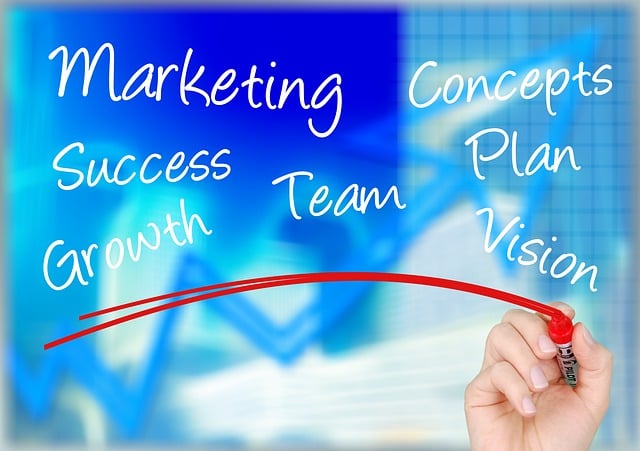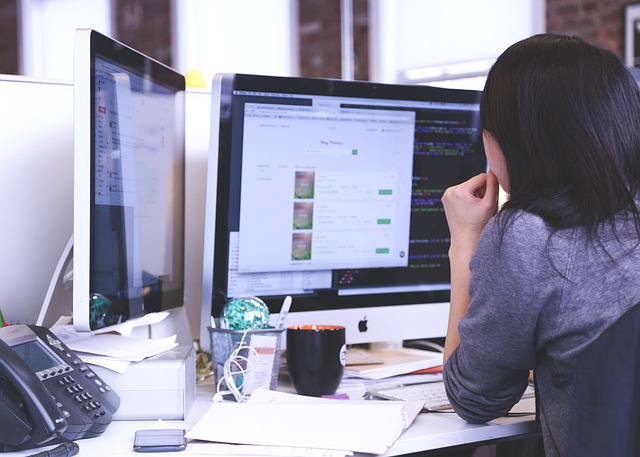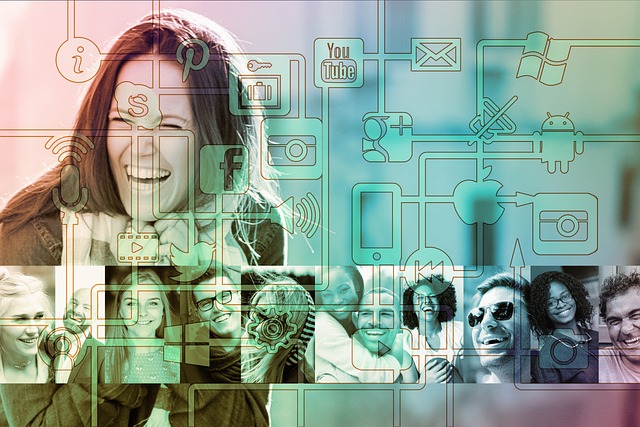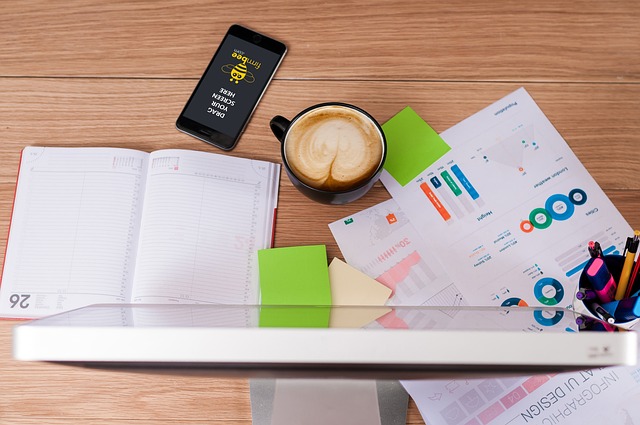AI-driven food photography optimization is revolutionizing culinary visual storytelling by leveraging machine learning algorithms for enhanced capture and post-processing, predicting optimal settings, automating tasks like color grading and cropping, boosting efficiency and productivity, and ensuring consistent high-quality content. However, challenges include complex setup and capturing nuanced details while maintaining a human touch.
“In today’s competitive visual landscape, AI-driven food photography optimization is transforming how businesses capture and present their culinary offerings. This article explores the innovative application of artificial intelligence (AI) in enhancing food photography workflows. We delve into understanding the technology behind AI-optimized shots, providing practical insights on implementation. Additionally, we examine the benefits and challenges of integrating AI automation, offering a comprehensive guide for businesses aiming to leverage this game-changer in food photography.”
- Understanding AI-Driven Food Photography Optimization
- Implementing AI in Your Business Workflow
- Benefits and Challenges of AI Automation in Food Photography
Understanding AI-Driven Food Photography Optimization

In the realm of culinary creativity, AI-driven food photography optimization is revolutionizing how we capture and present delectable treats. By harnessing advanced algorithms, this technology enhances every aspect of food photography, from lighting and composition to color correction and post-processing. It ensures that each dish is not just photographed but visually tantalized, accurately reflecting its mouthwatering essence.
This innovative approach leverages machine learning models to analyze vast datasets, identifying patterns and preferences in visual appeal. Consequently, AI can predict optimal settings for cameras and lighting, ensuring every shot is a masterpiece. Moreover, it streamlines the post-production process, automating tedious tasks like color grading and cropping, allowing photographers to focus on their artistic vision rather than technical intricacies.
Implementing AI in Your Business Workflow

Implementing AI in your business workflow, such as through AI-driven food photography optimization, can significantly enhance efficiency and productivity. Automated processes powered by artificial intelligence can handle repetitive tasks with remarkable speed and accuracy, freeing up human resources to focus on more strategic initiatives. For instance, AI algorithms can analyze vast datasets from previous photoshoots, suggesting optimal lighting, angle, and composition adjustments for future shots, thereby streamlining the content creation process.
This technology ensures consistent quality while reducing time spent on each photograph. Additionally, AI-driven systems learn and adapt over time, becoming increasingly efficient as they gain more data. This not only cuts down costs but also enables businesses to deliver high-quality, optimized content at a faster pace. By integrating AI into your workflow, you can stay ahead of the competition, offering clients timely and visually appealing products.
Benefits and Challenges of AI Automation in Food Photography

The integration of AI automation in food photography is a game-changer, offering numerous benefits for the industry. With AI-driven techniques, photographers can enhance efficiency and productivity by automating repetitive tasks such as image adjustments, color correction, and basic composition changes. This optimization allows professionals to focus more on creative aspects, ensuring high-quality and visually appealing food images. For instance, AI algorithms can analyze vast datasets of successful food photos, learning optimal settings and styles for different culinary scenes.
However, challenges exist when embracing AI automation in this domain. One significant hurdle is the initial setup and training of AI models, which require substantial time and expertise. Ensuring the AI system understands the intricate nuances of food photography, including lighting, backgrounds, and styling, can be complex. Additionally, maintaining the human touch and artistic flair in the final images while relying on automation is a delicate balance that requires careful consideration by both photographers and AI developers.
AI-driven food photography optimization has transformed the way we capture and present culinary imagery. By implementing AI in your business workflow, you can streamline processes, enhance creativity, and deliver visually stunning results. While benefits include improved efficiency and consistent quality, challenges such as initial setup costs and data privacy concerns must be addressed. Ultimately, embracing AI automation in food photography can revolutionize your content creation, ensuring a competitive edge in the digital marketplace.
